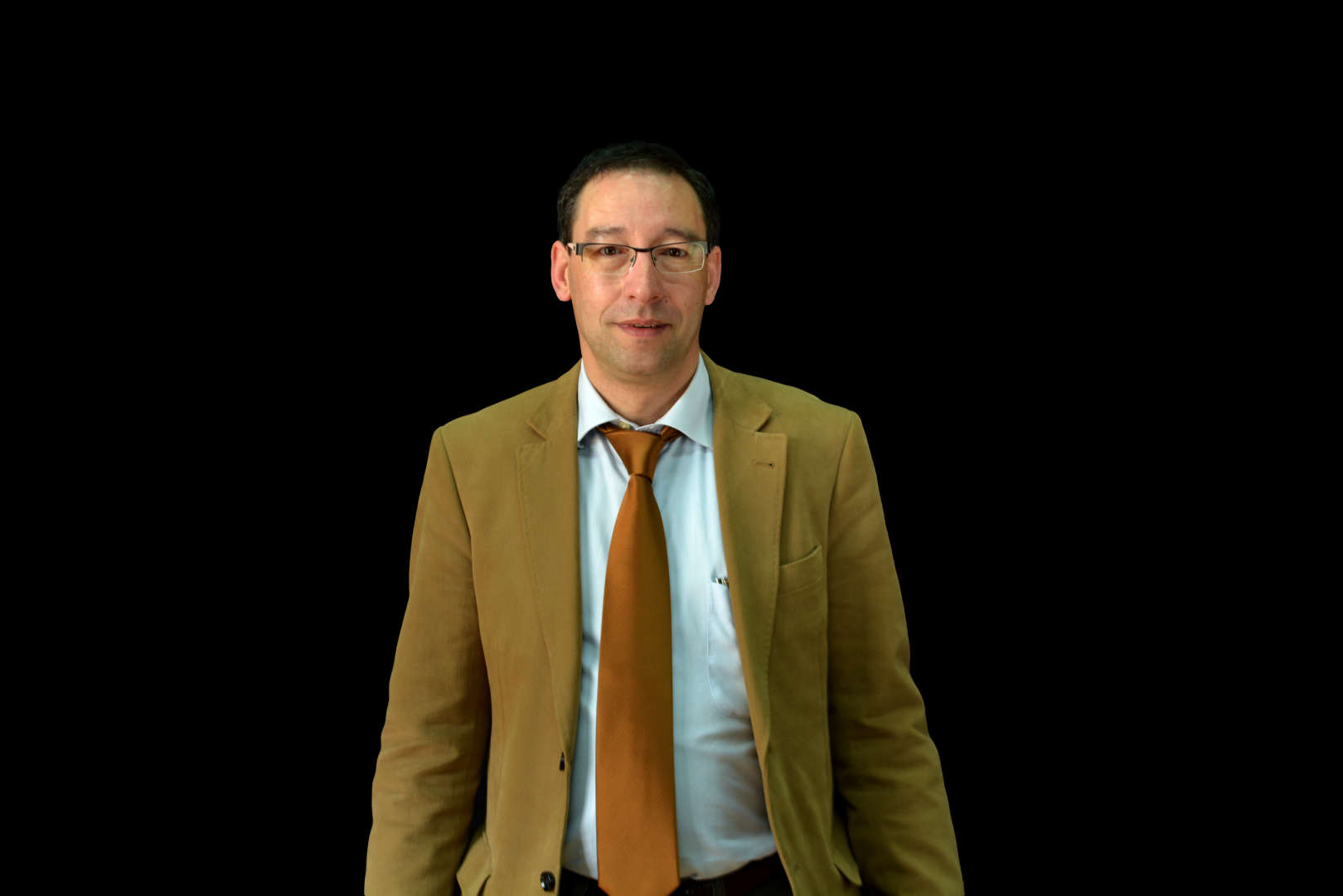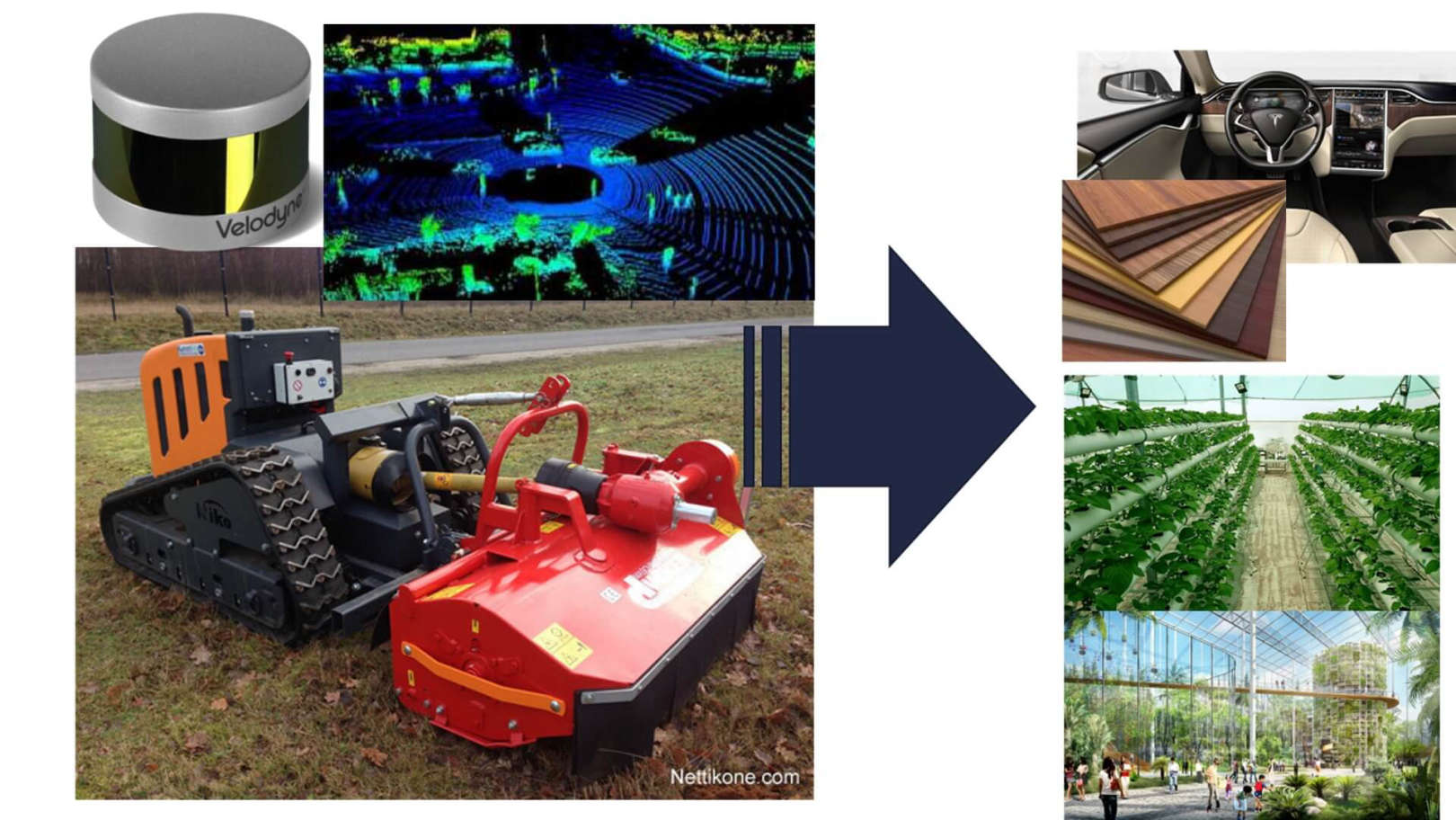Sobre
José Boaventura-Cunha é Engenheiro em Eletrónica e Telecomunicações pela Universidade de Aveiro (1985) e Doutorado em Engenharia Electrotécnica e de Computadores pela UTAD-Universidade de Trás-os-Montes e Alto Douro, Portugal (2002). Atualmente exerce funções de Professor Catedrático na Escola de Ciências e Tecnologia da UTAD.
Desde 2012 é membro do CRIIS- Centre for Robotics in Industry and Intelligent Systems no INESC TEC - Instituto de Engenharia de Sistemas e Computadores, Tecnologia e Ciência e é Coordenador do polo INESC TEC na UTAD.
Os seus interesses de investigação relacionam-se com as áreas de Instrumentação, modelação e controlo aplicados a processos industriais e agro-florestais.



